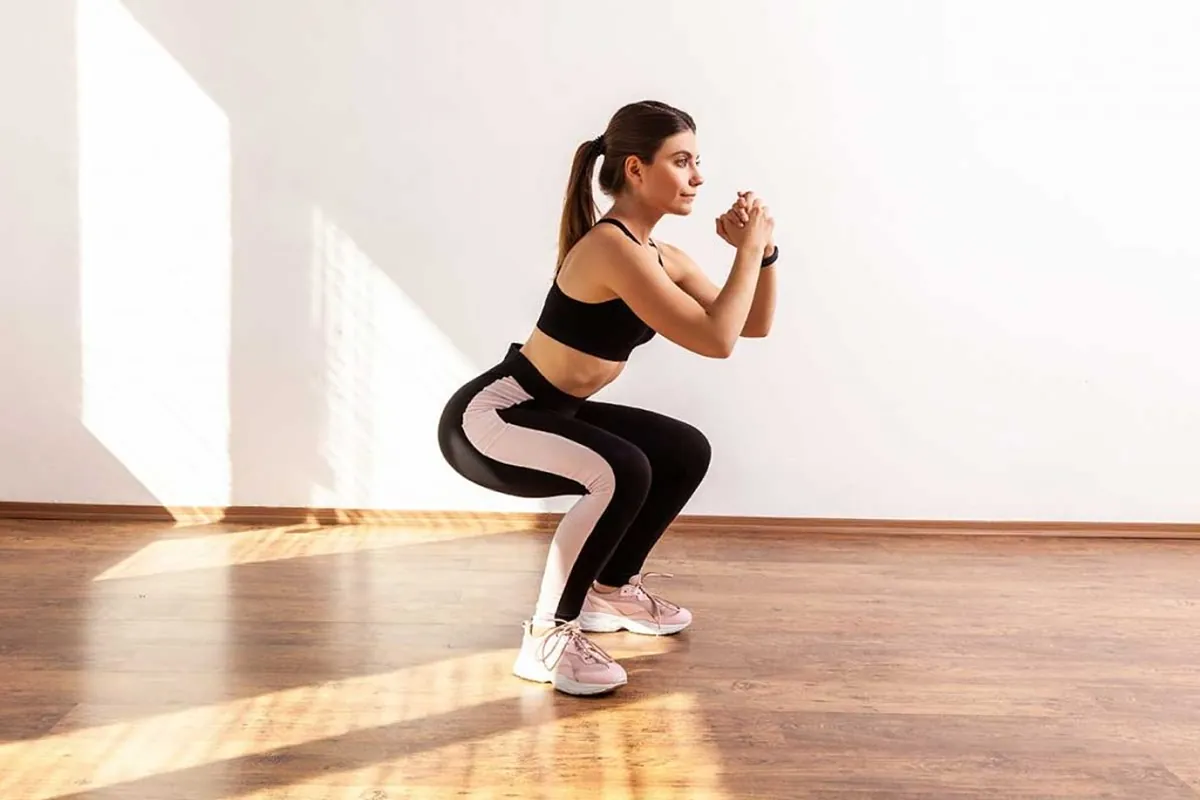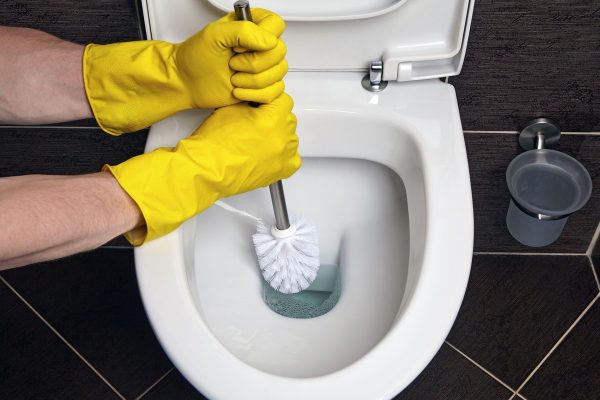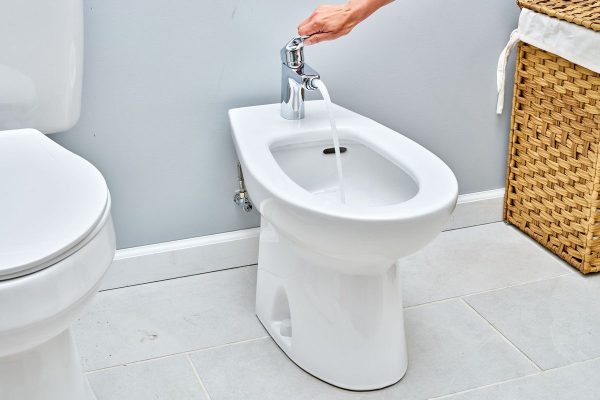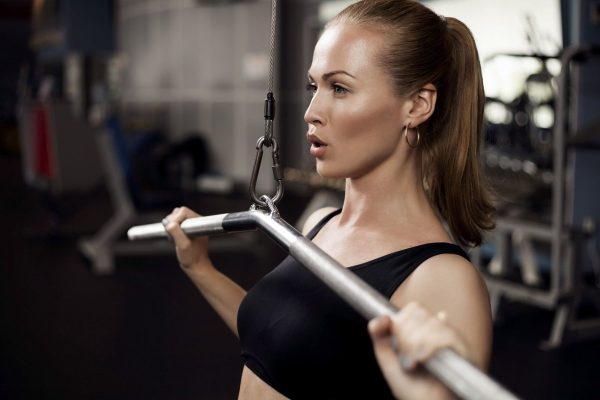Squats with your heels on a support are a variation of the classic exercise that helps you work your quadriceps more deeply and improve your technique.
This method is especially useful for those with limited mobility in their ankle joints.
Why use a heel support
Regular squats require good ankle mobility, otherwise your technique will suffer: your torso will lean too far forward and the load will shift away from your legs. Raised heels allow you to compensate for this deficiency, keep your back straight and squat deeper.
In addition, the support shifts the emphasis to the quadriceps. Even with normal joint mobility, the exercise becomes an effective way to work the front of the thigh.
Technique
Classic version
Stand up straight with your feet shoulder-width apart. Place your heels on a small elevation (a disc, block or special wedge), with your toes remaining on the floor.
As you inhale, move your pelvis back and begin to squat, keeping your back straight. Lower yourself until your thighs are parallel to the floor or lower, if your mobility allows. As you exhale, return to the starting position.
With weights
Take dumbbells or a body bar, holding them along your body. Maintain the same technique: keep your back straight, your knees pointing in the direction of your toes, and your breathing rhythmic.
What are the benefits
- technique correction — helps to maintain the correct position of the torso even with limited joint mobility;
- additional emphasis on the quadriceps — allows you to work the muscle more deeply;
- full range of motion — makes it easier to achieve parallel or deeper squats.
Mistake → Consequence → Alternative
- too high a support → incorrect load on the knees → use minimal elevation;
- knees collapsing inwards → risk of injury → keep them aligned with your toes;
- quick jerks → loss of control → move smoothly, especially on the descent.
What if…
What if you remove the support completely? Then the exercise becomes a regular squat. It is also effective, but requires more flexibility and control. For beginners, the support helps to master the correct technique more quickly.
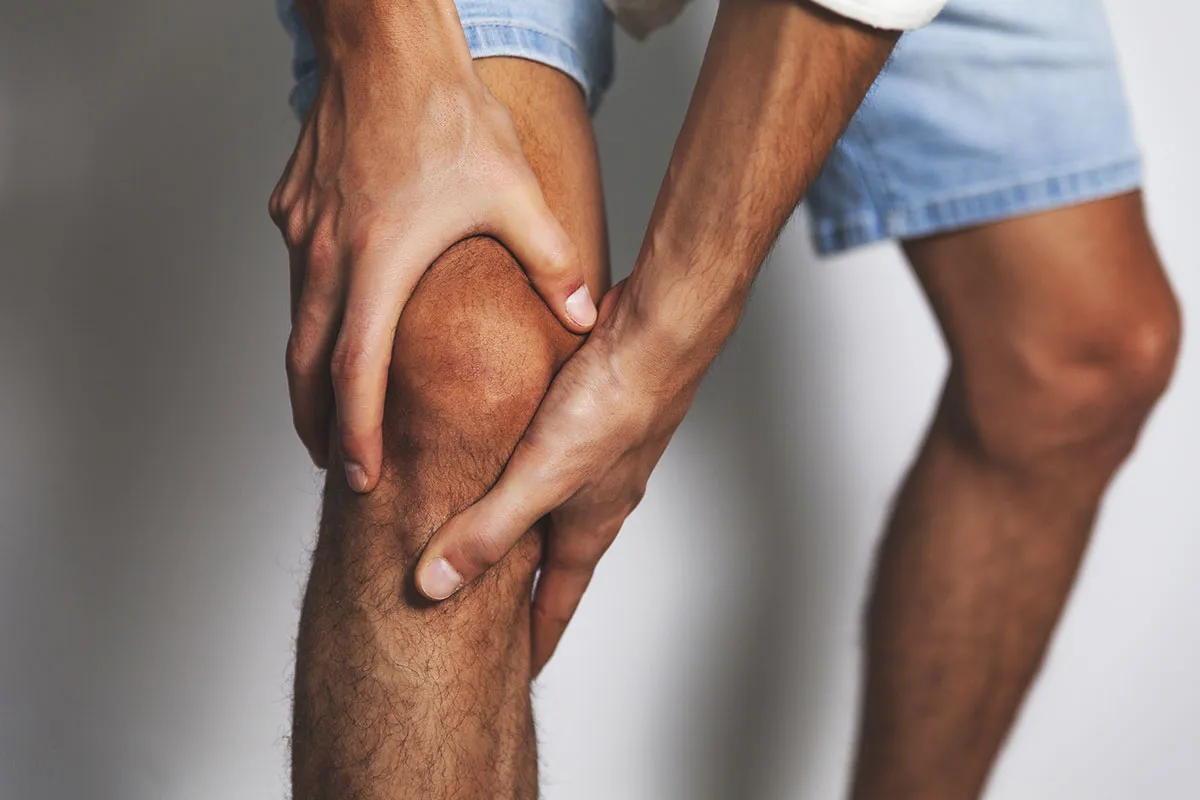
Pros and cons
Pros Cons
Works the quadriceps.
– The load on the knees is higher than usual.
Convenient for people with limited mobility.
– Additional support is required
Improves the technique of classic squats.
– Less emphasis on the glutes.
FAQ
Myths and truths
- Myth: Squats with your heels on a support are less effective.
- Truth: They put more strain on the quadriceps.
- Myth: Support is only necessary for beginners.
- Truth: Even experienced athletes use it for variety and deeper training.

